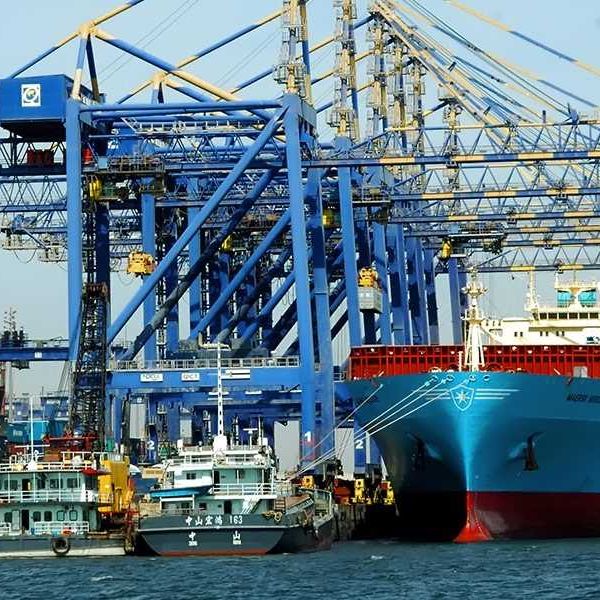Cotton arrivals in Pakistan jump 40% despite floods
Output reaches 2 million bales by mid-September

Haris Zamir
Business Editor
Experience of almost 33 years where started the journey of financial journalism from Business Recorder in 1992. From 2006 onwards attached with Television Media worked at Sun Tv, Dawn Tv, Geo Tv and Dunya Tv. During the period also worked as a stringer for Bloomberg for seven years and Dow Jones for five years. Also wrote articles for several highly acclaimed periodicals like the Newsline, Pakistan Gulf Economist and Money Matters (The News publications)

Cotton arrivals in Pakistan surged 40% year-on-year by Sept. 15 despite widespread flooding, according to data released Thursday by the Pakistan Cotton Ginners Association (PCGA).
Total arrivals stood at 2.004 million bales, compared with 1.434 million bales in the same period last year. Sindh led the gains, producing 1.314 million bales versus 895,342 bales a year earlier, while Punjab output rose to 690,254 bales from 538,686 bales.
Sanghar emerged as the top producing district with 778,950 bales, followed by Vehari with 114,385 bales.
Despite the early gains, analysts warn that the crop remains vulnerable. “Cotton has already been facing a multi-year decline in output. A full assessment will be possible once floodwaters recede and conditions stabilize,” said Taurus Securities in a report.
Although cotton accounts for only about 2% of Pakistan’s GDP, losses have significant consequences for the textile industry, which relies heavily on domestic supply. Recent reports suggest 20-30% of the crop has been washed away in Punjab, including a major 40% loss in Bahawalnagar, the country’s second-largest cotton-producing district, which contributes 12-15% of national output.
The government had set a target of 10.18 million bales for the season, compared with 7 million bales achieved last year. Meeting that target would have reduced reliance on imports. Pakistan typically imports 3-4 million bales annually to meet industry demand of 12-13 million bales.
In fiscal year 2025, the country imported more than 4 million bales, adding $1.2 billion to the import bill. Assuming stable global prices, every additional 1 million bale shortfall or import requirement would increase the bill by about $300 million.










Comments
See what people are discussing